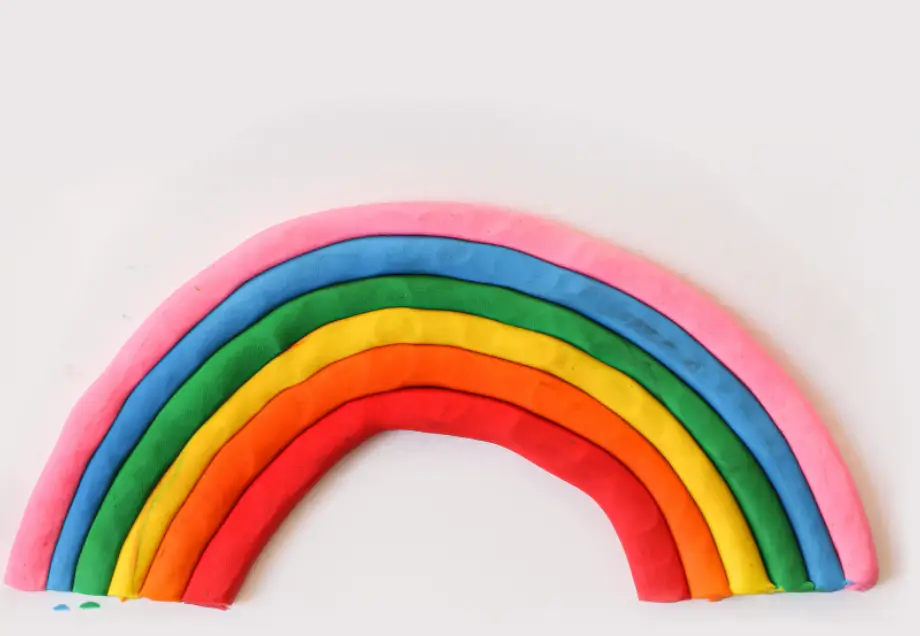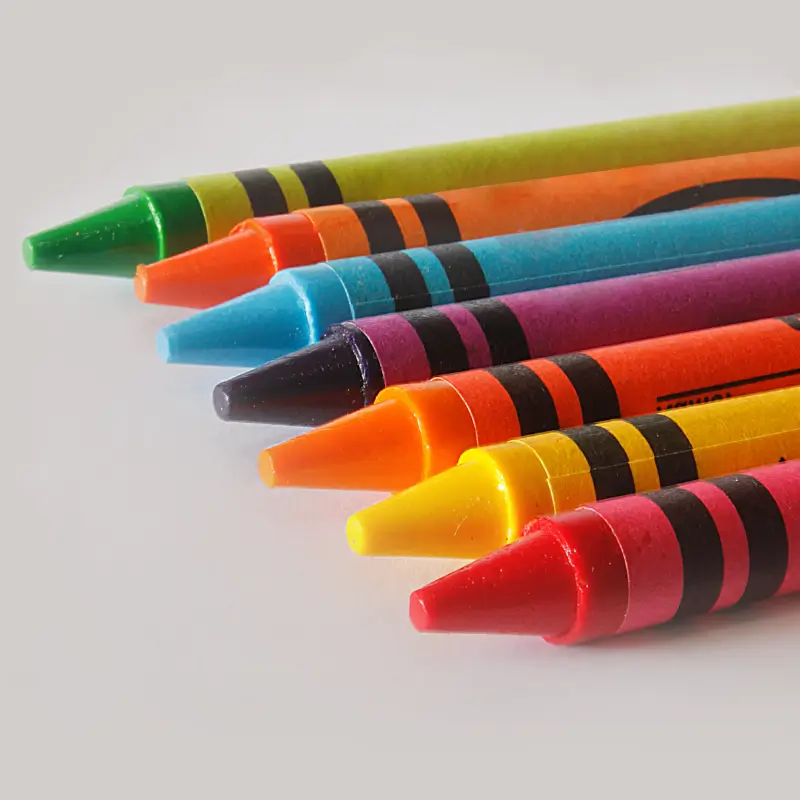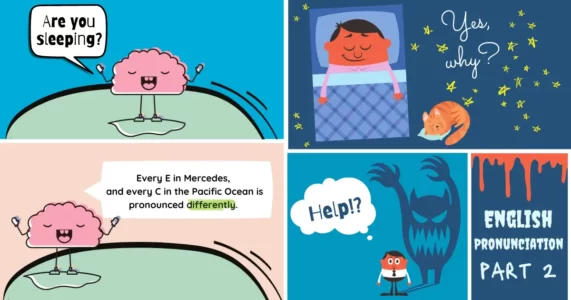Because modern English has been formed from and influenced by a variety of different languages— Latin, Greek, French, German, etc.— in addition to its evolution from Old and Middle English, the ways in which words are spelled and created can often seem inconsistent, illogical, and even contradictory.
International, Farlex. Complete English Spelling and Pronunciation Rules: Simple Ways to Spell and Speak Correctly (The Farlex Grammar Book 3) (p. 83). Farlex International. Kindle Edition.
One of the things the English language is notorious for is its complex pronunciation, which can be very frustrating for many learners. It may even prevent some of them from advancing with confidence and, in many cases, stop them from venturing to speak altogether. However, even though not written in stone, there are “rules” to English spelling and pronunciation, and they can help with understanding how the language works.
Below, we take a deeper look at the letter A as in [eɪ], with some explanations and interactive exercises.
We start with A as in [eɪ] because the sound [eɪ] is the same as the letter’s name. However, the sound [eɪ] may not be so obvious for many new learners because of their mother tongues.
For example, as mentioned in the “English Pronunciation: General Rules and Tips (Part 1)” article, in many Slavic languages which use the Cyrillic alphabet, the same letter A sounds like A in father [ˈfɑðər] but not like A in state [steɪt]. That is also true for languages that use the Latin alphabet just like English does, but where A only sounds like the A in father [ˈfɑðər], and to produce the sound [eɪ], you need to combine the letters E and I. A good example is the word “Ei” in Finnish, which means No.
*To illustrate the (American English) pronunciation, we use the International Phonetic Alphabet (IPA), generated by the toPhonetics website.
A as in [eɪ]
In general, there are three cases when the letter A is pronounced as [eɪ]:
- When it sits alone in an open-syllable word
- When combined with I – AI
- And when combined with Y – AY
1.1 When on its own in an open syllable word
With open-syllable words (meaning there is no consonant after the vowel within the syllable), the letter A is pronounced as [eɪ]:
baby [ˈbeɪbi]
⬇️ Listen below:
age [eɪʤ], lady [ˈleɪdi], Kate [keɪt], tape [ teɪp ], snake [sneɪk], brave [breɪv]
Things to remember
- Many of these words end in a silent E. For example, tape, snake, etc.
- Many of them are two-syllable words. For example, ba–by, la–dy, etc.
- If they end in Y, Y is pronounced as [i].
Interactive practice
For some of the activities to work, you need to use the Chrome browser.
Drag & drop!


Say the words!
Listen & type!


Spell the words!
1.2 When in combination with other vowels or semivowels:
1.2.1 The AI vowel combination
When A and I combine in AI, they usually make the sound [eɪ].
Note that the IA exists as well, but it makes other sounds. For example, social [ˈsoʊʃəl]; serial [ˈsɪˌriəl]; piano [piˈænoʊ], etc.
⬇️ Listen below
braid [breɪd], mail [meɪl], detail [ˈdiːteɪl], snail [sneɪl], maid [meɪd], sail [seɪl]
From the list above, there are three words that, if spelled differently, will mean different things but will still sound absolutely the same. That is one of the trickiest parts of the English language. Context is the one thing that helps us understand which word the speaker has in mind.

1. mail vs. male
This is Oreo. He is our 3-year-old male [meɪl] dog.
He likes to play with the mail [meɪl] when it arrives in the mail slot.
2. maid [meɪd] vs. made [meɪd]
I made a cake yesterday. ✅
I maid a cake yesterday. ❌
3. sail [seɪl] vs. sale [seɪl]
Columbus set sail on August 3, 1492. ✅
Columbus set sale on August 3, 1492. ❌
The above are examples of homophones. Homophones are words that sound the same but are different (in spelling, meaning, etc.)
Some other similar examples include:

plane vs. plain
plane [pleɪn] n. – an aircraft
Do pilots see other planes when flying?
plain [pleɪn] adj. – simple or basic
It’s a plain but still very stylish dress.
pale vs. pail
pale [peɪl] adj. – light in color
Her face was pale with shock and fear.
pаil [peɪl] n. – a metal/ plastic container similar to a bucket, but smaller
They forgot their pail and shovel at the beach.

Exceptions to the AI vowel combination
As with many rules, there are exceptions to this one as well. The most common example is when the AI combination is followed by the letter R. The -IR, as well as -ER, -UR, etc., follow a different set of rules. So…
When you see AI followed by R, you can expect a slightly different pronunciation.
It’s almost like you start to say the sound [eɪ] but stop midway and, instead of [ɪ], pronounce the shwa sound [ə] (or not) 🙄😃.
Here are some examples:
fair [fɛ(ə)r] ✅ not [feɪr] ❌
stairs [stɛ(ə)rz] ✅ not [steɪrz] ❌
pair [pɛ(ə)r] ✅ not [peɪr] ❌
hair [hɛ(ə)r] ✅ not [heɪr] ❌
dairy [ˈdɛ(ə)ri] ✅ not [deɪri] ❌
Many other words spelled with AI are pronounced differently, but it doesn’t have anything to do with the letter R.
Here are some examples:
mountain [ˈmaʊntən], certain [ˈsɜrtən], curtain [ˈkɜrtən], captain [ˈkæptən], fountain [ˈfaʊntən], chieftain [ˈʧiftən], villain [ˈvɪlən], bonsai [bɑnˈsaɪ]
Another totally unexpected exception is both, the past and past participle forms of the verb to say. Even though they are spelled with the AI letter combination, the pronunciation doesn’t follow the rule above.
Let’s compare the verbs to say and to pay:
say [seɪ] – said [sɛd] – said [sɛd]
pay [peɪ] – paid [peɪd] – paid [peɪd]
Interactive practice
For some of the activities to work, you need to use the Chrome browser.

Drag & drop!
Say the words!


Listen & type!
Spell the words!

1.2.2 The AY vowel combination
When A is combined with (the semivowel) Y, they usually produce the sound [eɪ].
Note that there is a YA combination, too. It makes other sounds, not the sound [eɪ]. For example, royal [ˈrɔɪəl]; yawn [jɔn], yard [jɑrd], etc.
⬇️ Listen below
play [pleɪ], delay [dɪˈleɪ], stay [steɪ], dismay [dɪˈsmeɪ], clay [kleɪ], maybe [ˈmeɪbi]
Interactive practice
For some of the activities to work, you need to use the Chrome browser.

Drag & drop!
Say the words!


Listen & type!
Spell the words!

In conclusion
When it comes to spelling, there is no specific guideline that can help you decide whether you should spell A, AI, or AY (or something else entirely) when you hear the sound [eɪ].
The sound [eɪ] itself is quite common but it doesn’t always involve the letter A.
It may be produced when other vowels are combined, for example, E and I as in vein [veɪn], or EY as in the verb to obey [oʊˈbeɪ].
However, maybe it’s worth mentioning that the AI combination can be found at the beginning, middle, and end of words, as the following examples show:
aid [eɪd]
afraid [əˈfreɪd]
maintain [meɪnˈteɪn]
retain [rɪˈteɪn]
The AY combination is usually found in the middle, and at the end of the words or the end of the first word in a compound noun. It’s rare to see a word starting with AY.
Here are some examples:
play [pleɪ] – playground [ˈpleɪˌgraʊnd] (compound noun)
pay [peɪ] – payment [ˈpeɪmənt] (derivative word)
day [deɪ] – daydream [ˈdeɪˌdrim] (compound noun)
Since the idea here is not to talk about how to spell the words but how to pronounce them when seeing certain letters and letter combinations, we focus more on the fact that the AI and AY vowel combinations are usually (but not always ❗) pronounced as [eɪ].
Spelling, on the other hand, is mastered over time with practice, not to mention that with smartphones and artificial intelligence, we have tools, literally in our hands, that can help us with that.
The EA vowel combination
Sometimes the EA vowel combination can produce the sound [eɪ] too. However, there are many exceptions, so it should not be considered a pattern or a rule in general.
steak [steɪk]
break [breɪk]
great [greɪt]
but
ready [ˈrɛdi]
head [hɛd]
mean [mi(:)n]
speak [spi(:)k]
heart [hɑrt]
Well, if nothing else, at least now it’s clear that the English language has the reputation it does for a reason.😀
Final interactive practice

Spell the words!


Drag & drop!
Drag & drop!

Where to go from here?
If you are interested in reading about pronunciation in general, go to the English Pronunciation: General Rules and Tips post. All the content related to English pronunciation is linked there.
Coming soon…
English Pronunciation 1.2: The Letter A as in [æ]
English Pronunciation 1.3: The Letter A as in [ə]
English Pronunciation 1.4: The Letter A as in [ɑː]
English pronunciation 1.5: The Letter A as in [ɔː]
English pronunciation 1.6: The Letter A as in [ɒ]


